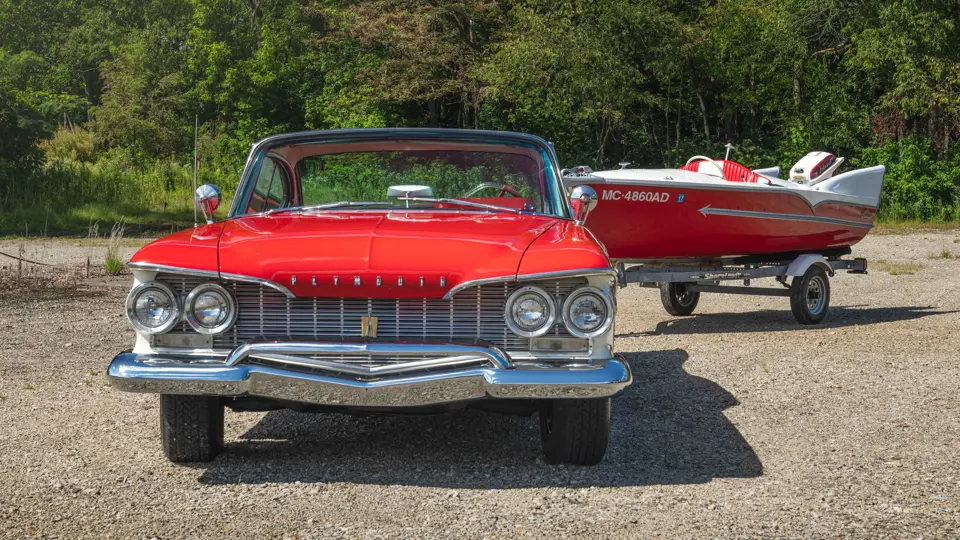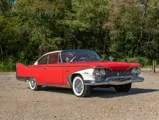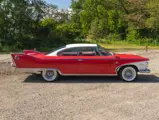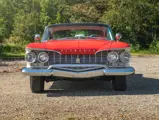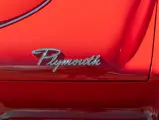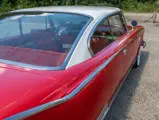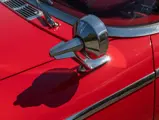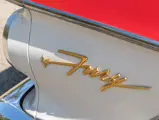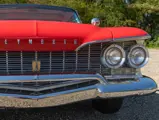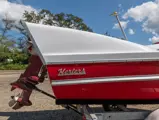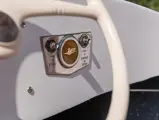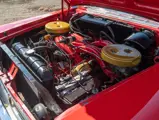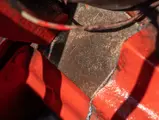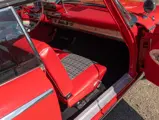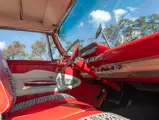
1960 Plymouth Fury Two-Door Hardtop with 1957 Herter's Boat
{{lr.item.text}}
$61,600 USD | Sold
{{bidding.lot.reserveStatusFormatted}}
- Arresting example of Plymouth’s legendary flagship performance model
- Desirably equipped with 310 hp “Sonoramic Commando” engine with dual-carbureted cross-ram intake
- Continues to benefit from a gently patinated older restoration
- Accompanied by color-matched Herter's outboard boat
- Documented with build log from Darrel Davis’ authoritative book The 1960 Plymouth Sonoramic Commado Guide, and owner’s manual
Cinematically immortalized in the popular imagination by John Carpenter’s adaptation of the Stephen King novel Christine, the Plymouth Fury was introduced in mid-1956 as a high-performance sport coupe sub-model of the flagship Belvedere V-8. In 1959 it was elevated to a standalone model, and the dramatic tailfin styling epitomized one of American automotive design’s most flamboyant years.
Nineteen-sixty proved to be the final year of the first-generation Fury before a significant redesign downplayed the model’s range-leading power and styling. Available in four body styles (not including two station wagons), the 1960 Fury was standard equipped with front fender script, chrome stone guards, back-up lights, electric clock, lockable glove box, front armrests, cigarette lighter, and dual sun visors. The V-8 engine could be optioned in several different displacements, including the high-power 361-cubic-inch “Sonoramic Commando” configuration, which developed 310 horsepower courtesy of a dual-carbureted cross-ram intake manifold that flowed through a dual exhaust system.
According to a scan on file from Darrel Davis’ authoritative book The 1960 Plymouth Sonoramic Commado Guide, this handsome Fury was the 10th example dispatched from the Newark plant in 1960, being distributed to a dealer in early January. Powered by the Sonoramic Commando engine mated to a TorqueFlite three-speed automatic pushbutton transmission, the Fury is further equipped with power brakes, swiveling front seats, a pushbutton radio, and a remote-controlled driver’s sideview mirror. Finished in a two-tone scheme of red and white paint, the Plymouth is appointed with a deluxe interior upholstered in a complementary tri-tone color combination.
While this Plymouth’s early ownership history is currently unknown, in more recent decades it passed through collections in Arizona and Ohio, and it is believed to have been restored at some point in the 1990s. The car is notably accompanied by a color-matching Herter's boat equipped with a 35-horsepower Johnson outboard engine.
Offering a charming slice of Americana, this gently patinated Fury is equally capable of riveting power or a stylish outing to the local lake. As an example that was built during the 1960 model year, this coupe represents the final installment of the seminal first-generation variant, offering time-capsule styling that epitomizes the quintessential Fury.






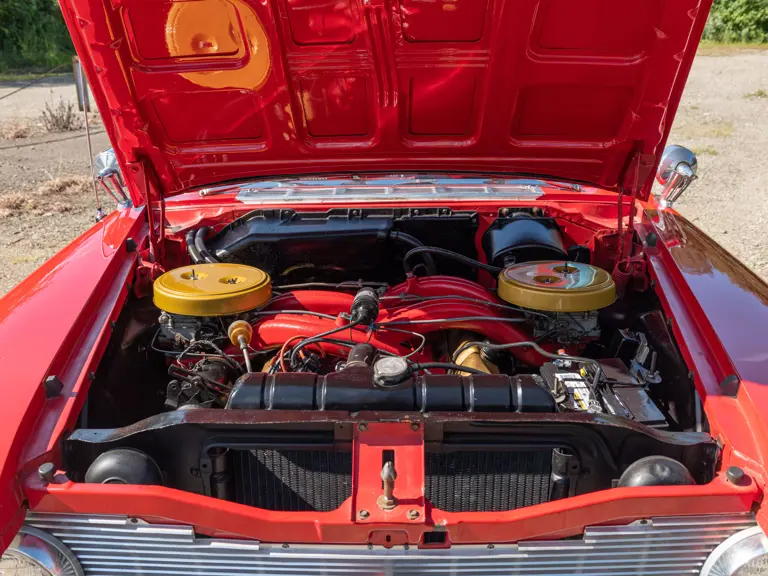


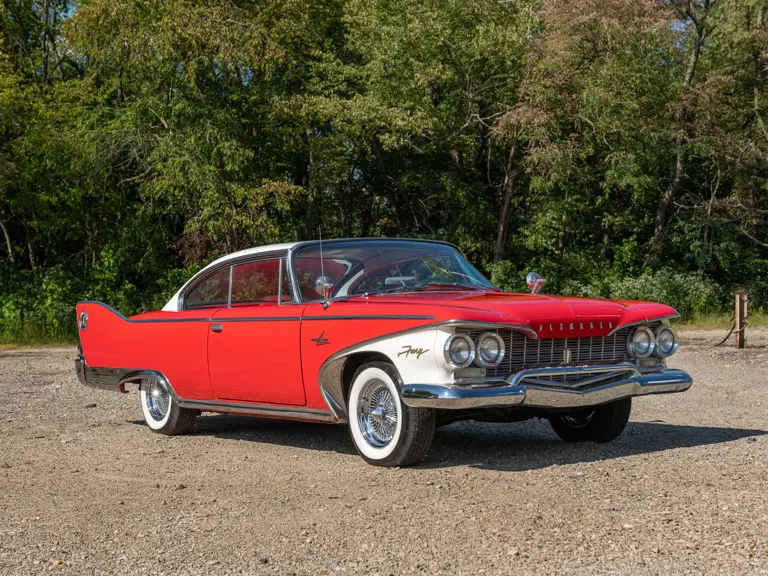






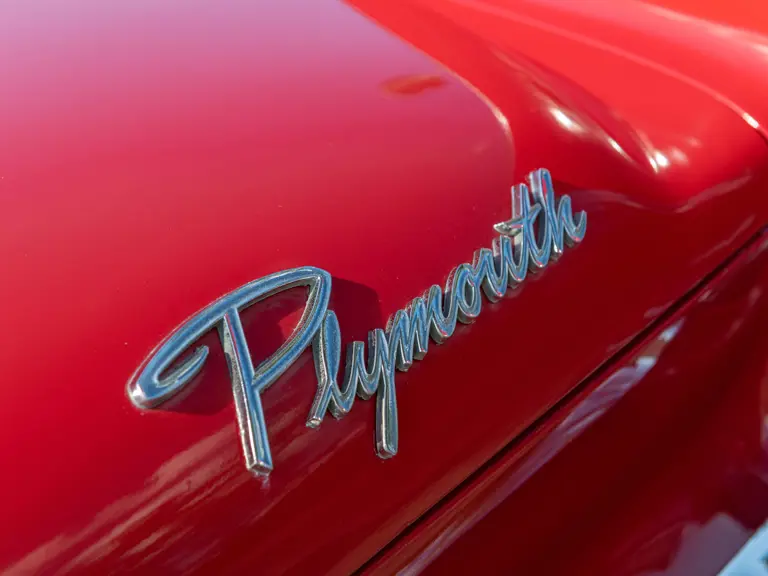

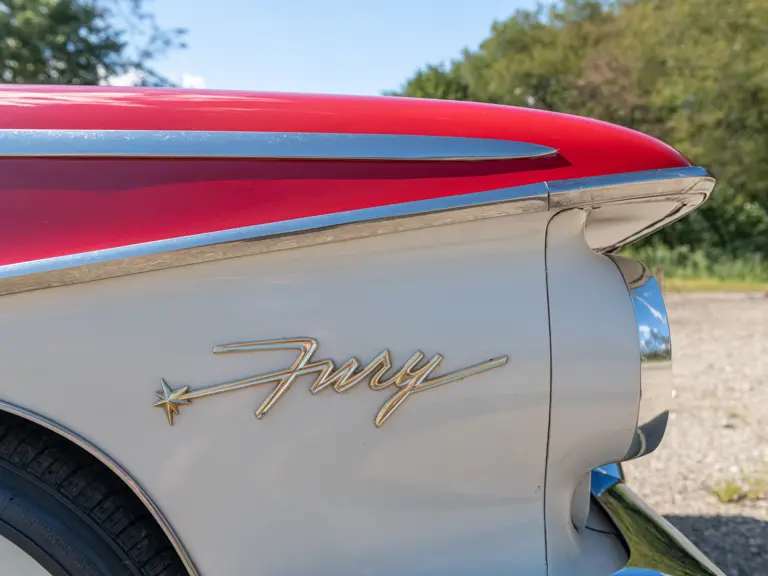





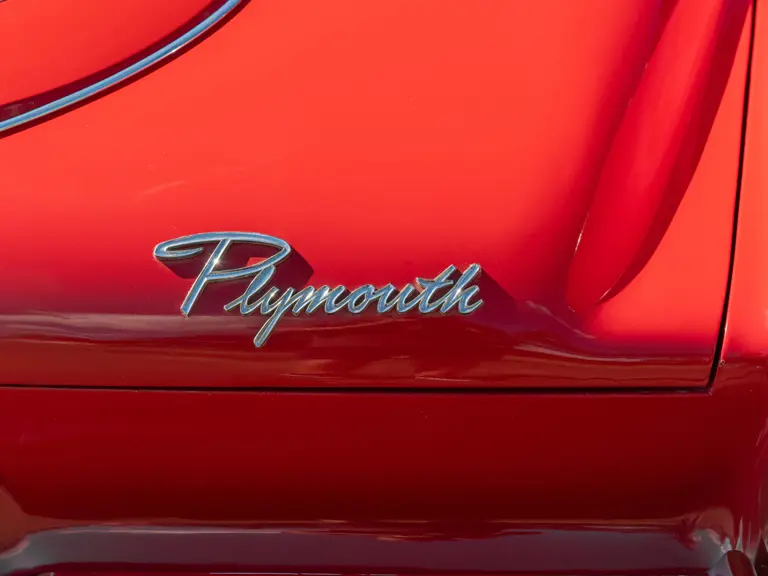

























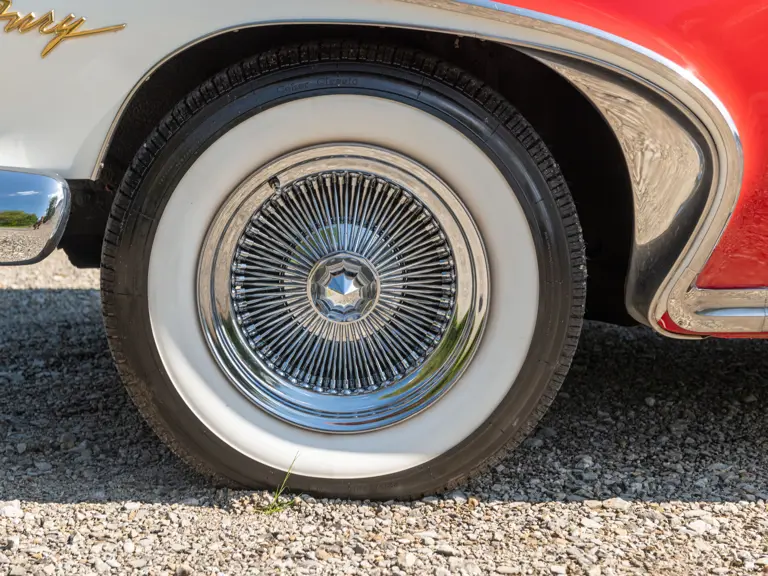
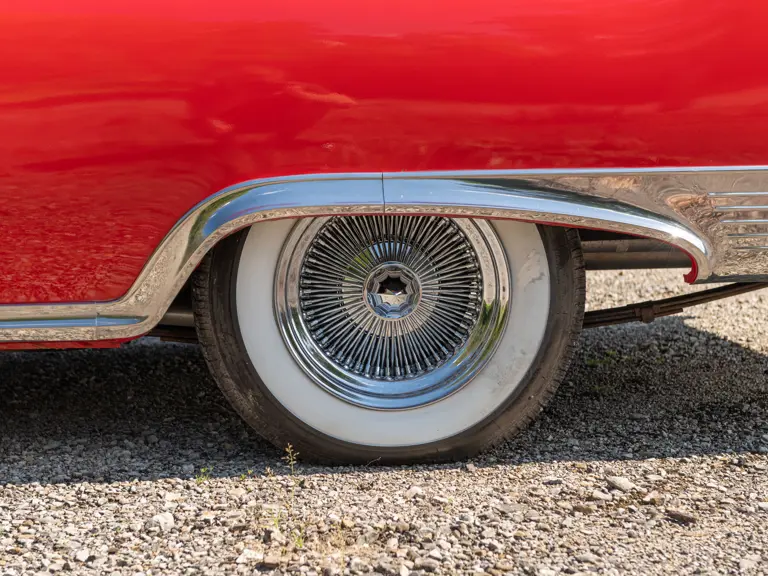






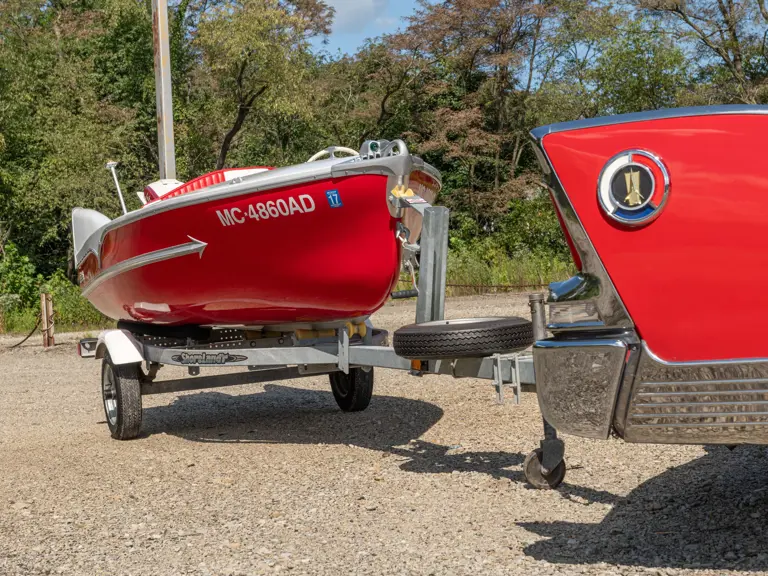








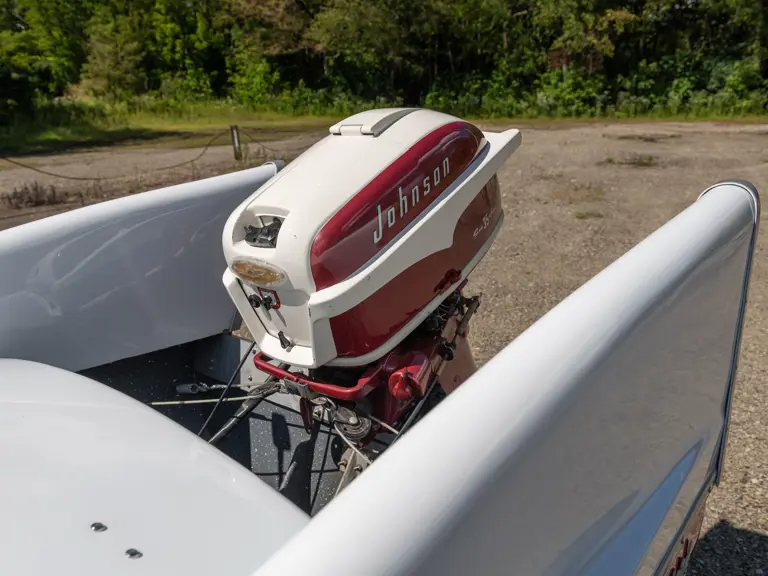
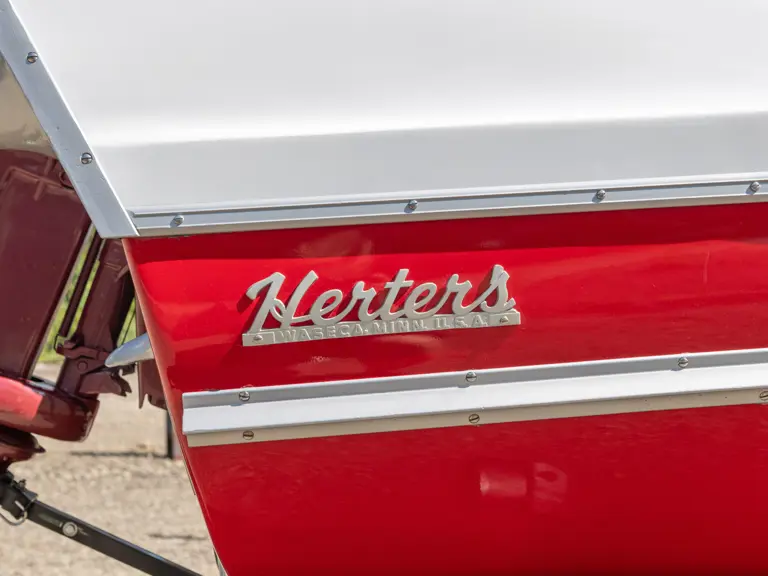



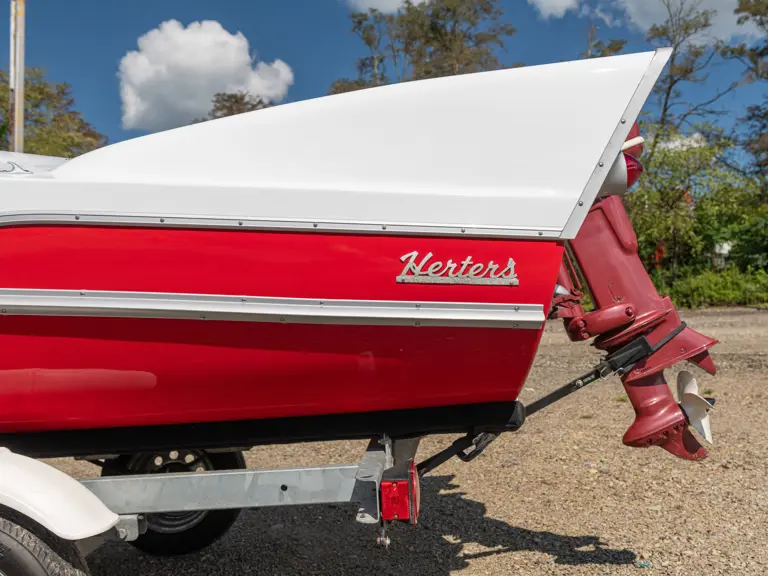




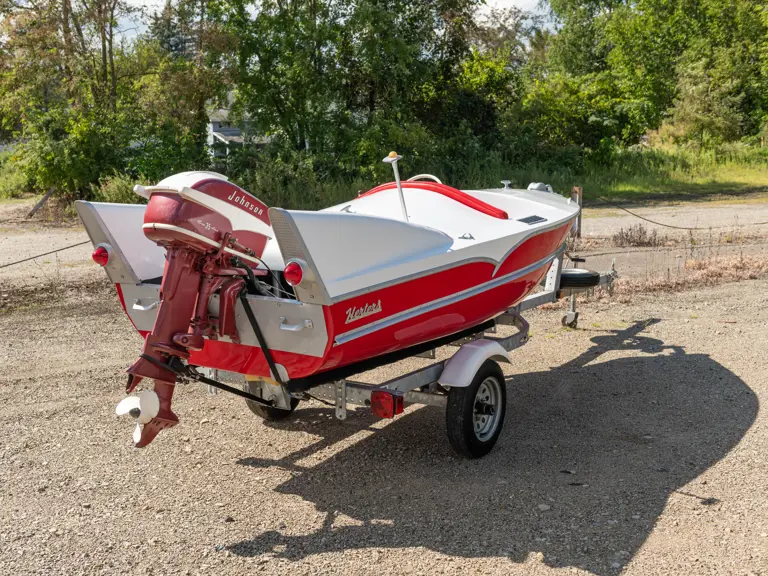
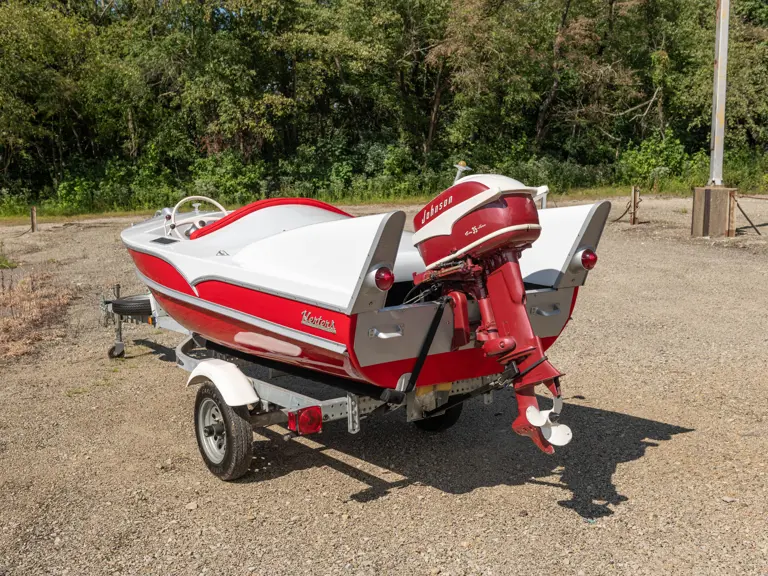
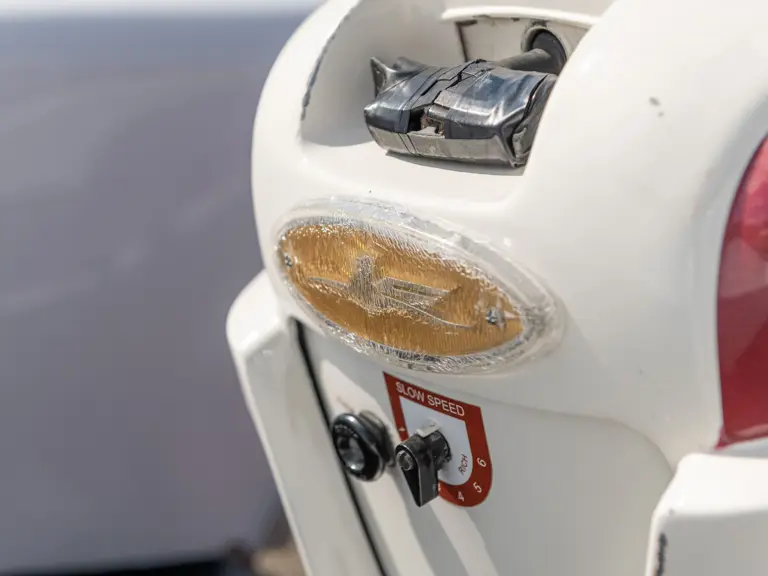














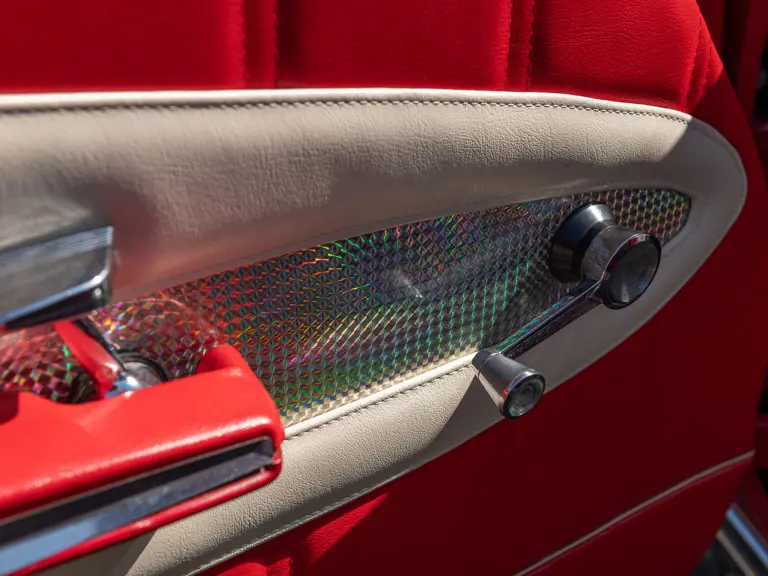










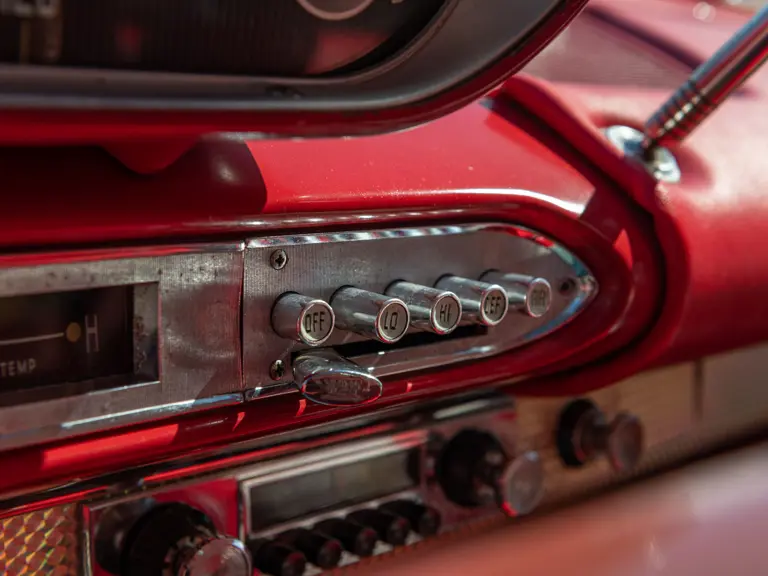











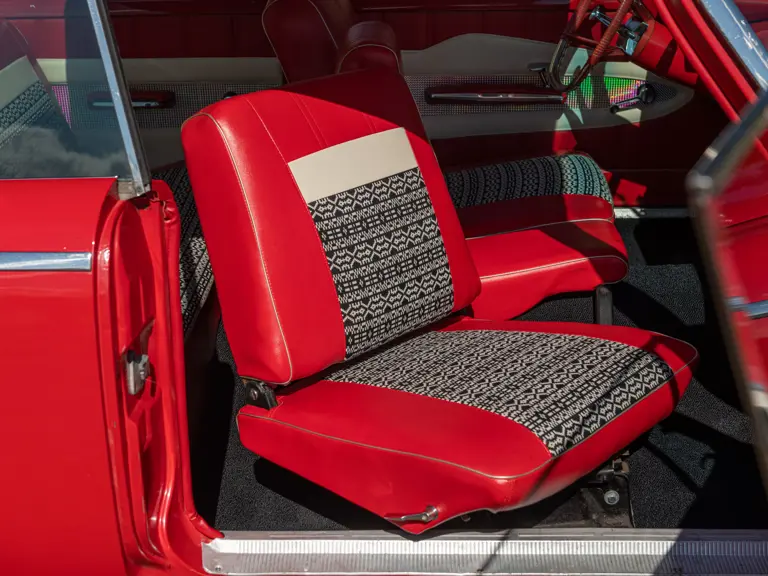



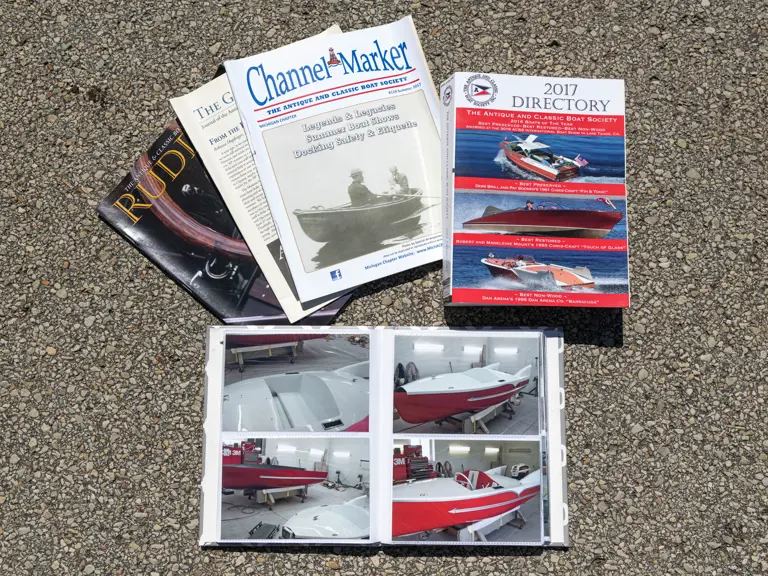
 | Hershey, Pennsylvania
| Hershey, Pennsylvania
